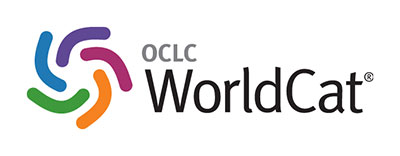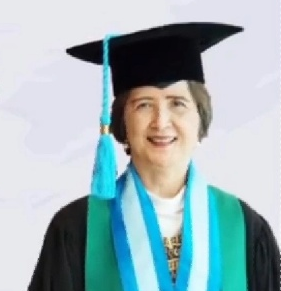Difference Uptake of 99mTc-Pyrophosphate vs 99mTc- Methylenediphosphate in Detecting Cardiac Amyloidosis; First Experience in Hasan Sadikin General Hospital
DOI:
https://doi.org/10.28932/jmh.v4i1.3640Abstract
Cardiac amyloidosis (CA) is a disorder caused by deposits of insoluble fibrils in the myocardium and an underdiagnosed cause of heart failure. Immunoglobulin Light Chain-Associated Amyloid (AL) and Amyloidosis Transthyretin-related (ATTR) are the two protein precursors that most commonly cause cardiac amyloidosis. It is important to distinguish between these two types of amyloidosis because the treatment and prognosis of each types is different. Recent advances in cardiac radionuclide imaging, in particular using bone-seeking agents such as 99mTc-Pyrophosphate (PYP) and 99mTc-Methylenediphosphate (MDP), can differentiate AL from ATTR. This study aimed was to investigate the uptake characteristic of both tracers in CA. Three patients with suspected of having cardiac amyloidosis underwent two cardiac radionuclide imaging examinations using those two different radiopharmaceuticals. The cardiac images were analyzed quantitatively and semi-quantitatively based on ASNC (American Society of Nuclear Medicine) criteria. Cardiac radioactivity uptake of 99mTc-PYP was better from those of 99mTc-MDP based on quantitative as well as semi-quantitative (visual assessment). Keywords: cardiac amyloidosis; cardiac imaging; 99mTc-PYP; 99mTc-MDPDownloads
Download data is not yet available.
Downloads
Published
2022-02-22
How to Cite
1.
Marzuki H, Soeriadi EA, Astuti A, Budiawan H, Kartamihardja AHS. Difference Uptake of 99mTc-Pyrophosphate vs 99mTc- Methylenediphosphate in Detecting Cardiac Amyloidosis; First Experience in Hasan Sadikin General Hospital. J. Med. Health [Internet]. 2022Feb.22 [cited 2026Jan.2];4(1):10. Available from: http://114.7.153.31/index.php/jmh/article/view/3640
Issue
Section
Articles
License
Copyright (c) 2022 Journal of Medicine and Health

This work is licensed under a Creative Commons Attribution-NonCommercial 4.0 International License.
Authors who publish with this journal agree to the following terms:
- Authors retain the copyright and grant the journal right of first publication with the work
simultaneously licensed under a Creative Commons Attribution-NonCommercial 4.0 International License that allows others to share the work with an acknowledgement of the work's authorship and initial publication in this journal. - Authors are able to enter into separate, additional contractual arrangements for the nonexclusive distribution of the journal's published version of the work (e.g., post it to an institutional repository or publish it in a book), with an acknowledgement of its initial publication in this journal.
 This work is licensed under a Creative Commons Attribution-NonCommercial 4.0 International License.
This work is licensed under a Creative Commons Attribution-NonCommercial 4.0 International License.

















